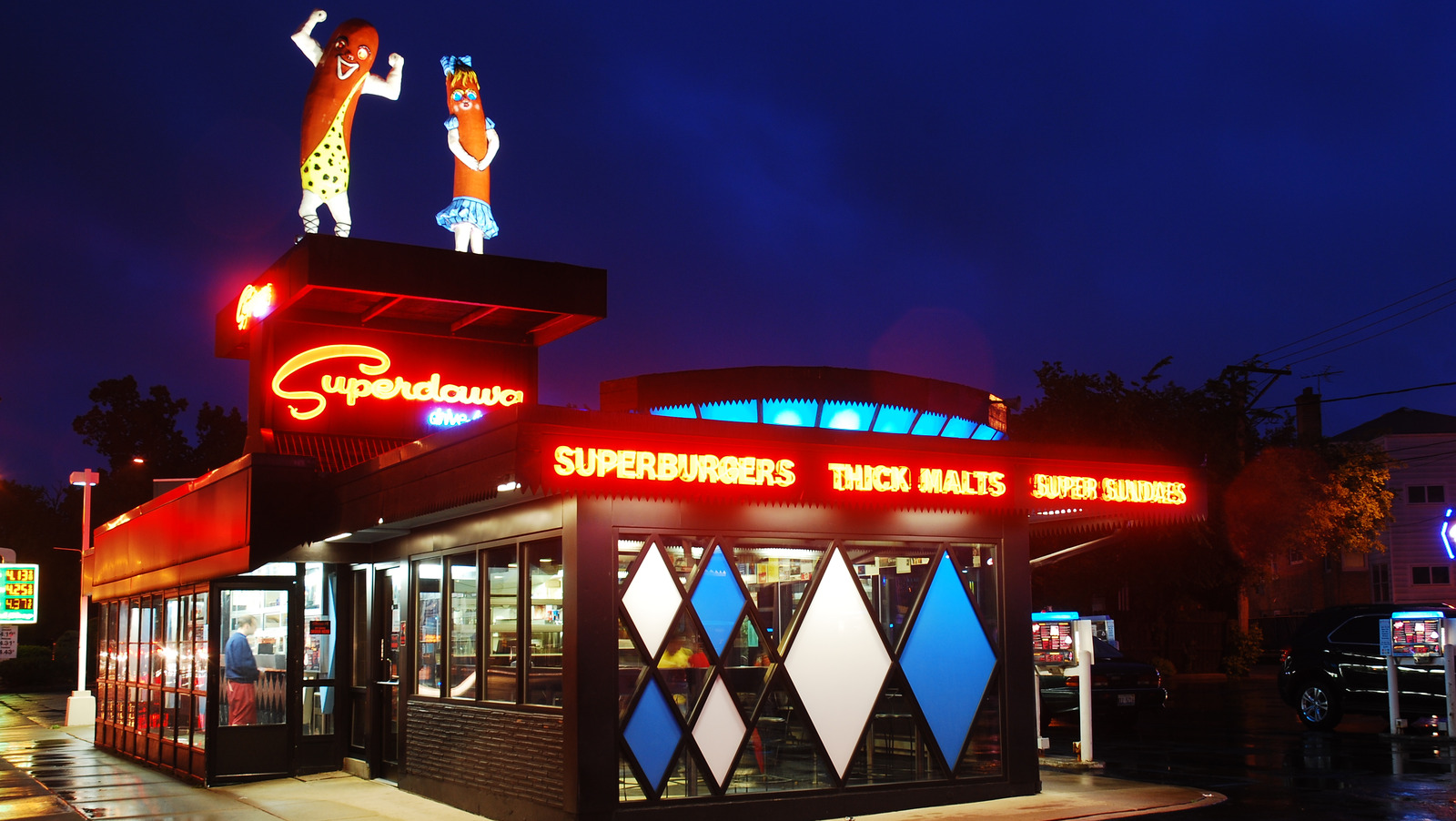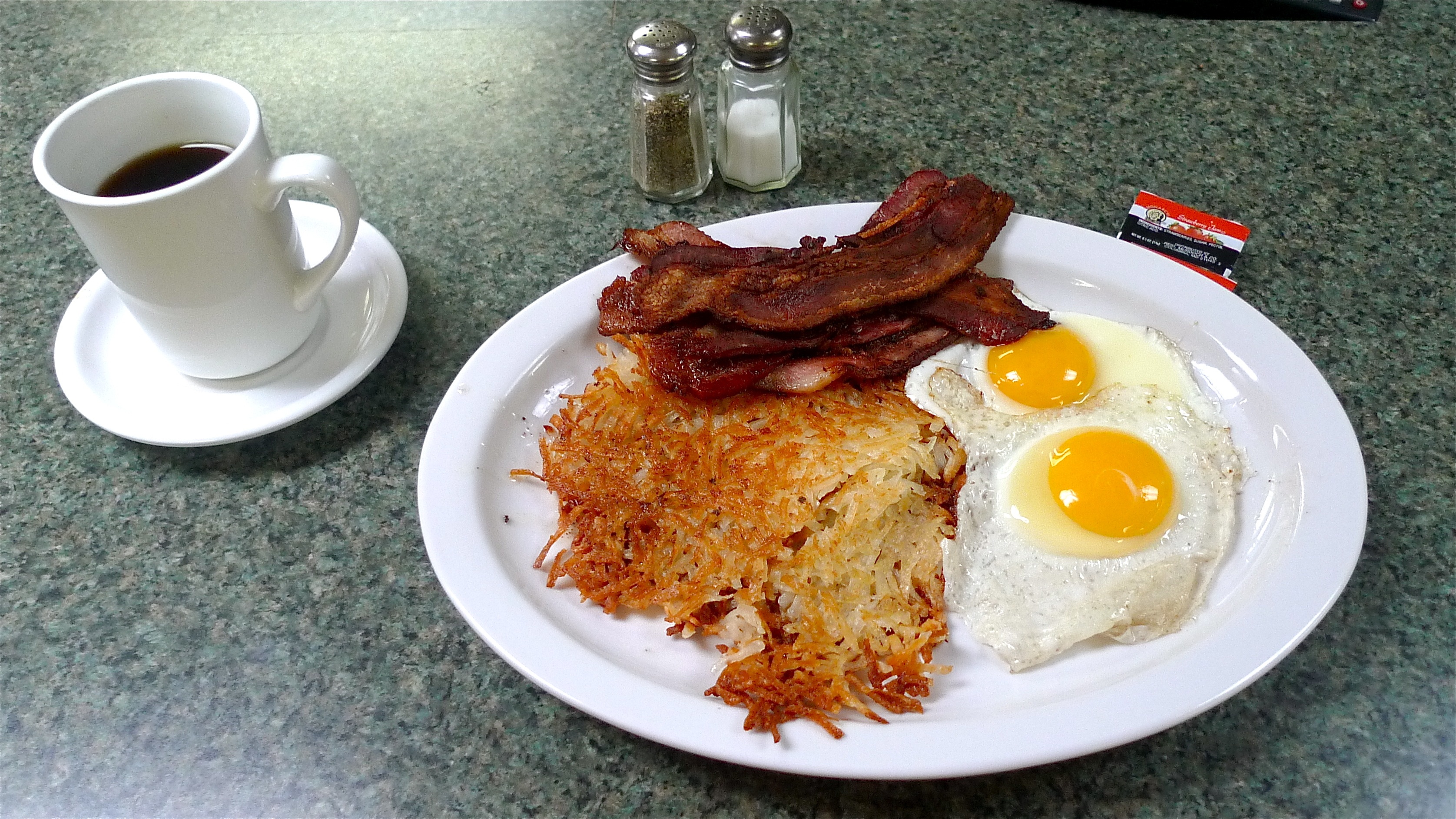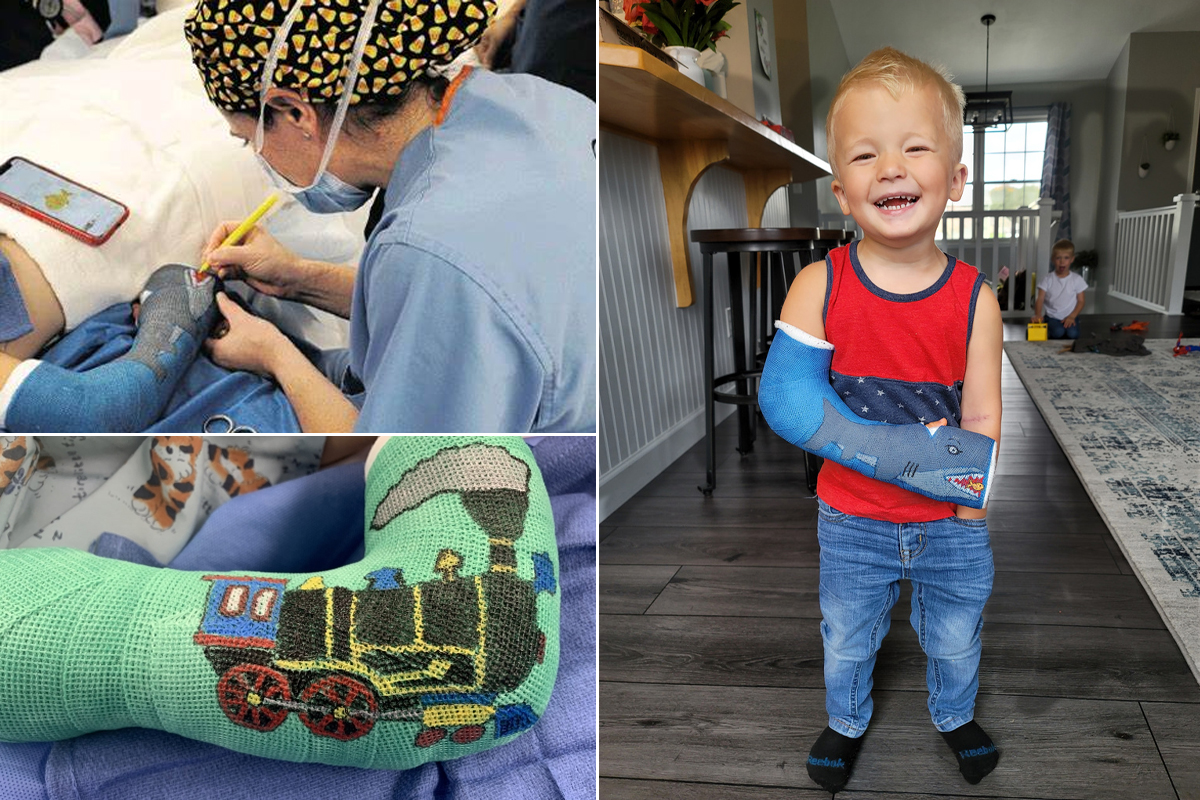- Details

What was only meant to last one summer has now lasted for three quarters of a century! The Superdawg Drive-In in Chicago’s Norwood Park neighborhood celebrated its 75th anniversary on May 2 of this year. The shop is known in the city as a historic destination hot dog stand with a full carhop service. This family-owned business has thrived for decades and has become a staple for residents and visitors alike. U.S. Representative Mike Quigley entered the anniversary into the official Congressional record on May 2. Additionally, 39th Ward Alderwoman Samantha Nugent unveiled an honorary street sign for the original owners called Maurie & Flaurie Berman Way. This sign will be in addition to the already existing and legendary “Superdawg Way” sign on the corner of Milwaukee and Highland avenues.
Flaurie and Maurie opened shop in 1948. What was only meant to be a summer hot dog stand turned into a long-lasting family business. Their daughter and her husband, Lisa and Don Drucker, and their son Scott Berman currently own Superdawg. Flaurie and Maurie were high school sweethearts who opened the stand as newlyweds. Their love for each other, their family and their hot dog stand is still clear today.
Throughout the entire month of May, Superdawg will be giving away $10 gift cards at random. If you are a fan of the Chicago-style hot dog or just a good burger, you should visit their locations today for the chance to win a gift card!
- Details

Do you like your eggs over-easy, scrambled or sunny-side-up? Well, any way you like them, you are guaranteed some of the best breakfast food in the nation at seven different restaurants in the Chicago area. OpenTable released its list for 100 Most Popular Brunch Spots in the U.S. using more than 13 million diner reviews. The top 100 span over 22 states, with Illinois claiming seven of the spots.
Whether you are a fan of pancakes, omelets or biscuits and gravy, Illinois has got you covered. The top seven best brunch locations include 3 Arts Club Café, Café Ba-Ba-Reeba, Summer House Santa Monica, The Dearborn, Beatrix and Mason Sabika. Beatrix is located in Oak Park and Meson Sabika is located in Naperville. The other five restaurants can all be found in Chicago.
Every location offers their own unique décor, ranging from humble café to chandeliers. You can dine indoors or outdoors at these breakfast locations. Some also serve dinner once the time for brunch is over. Menus may vary, but at every location you will find the classic pancakes and bacon with eggs.
Just in time for Mother’s Day, take your family down to some of the best brunch restaurants in town! See the full list of 100 Most Popular Brunch Spots in the U.S. here.
- Details

Kids who leave Chicago Hospital have found something even better to have on their casts than their friends’ signatures: Elsa from “Frozen,” Lightning McQueen, dinosaurs, SpongeBob and Patrick, a shark, Captain America’s shield and even more fun animated characters. Orthopedic surgeon Dr. Felicity Fishman at Shriners Children’s Chicago also doubles as an artist. Following their surgeries, children will receive a fun art piece of their choosing.
The process to draw on their cast is the main show — even more time and planning goes into it than the surgery. Before the surgery, the doctor, physician’s assistant and nurses will talk to families about what their child might want so they have something to look forward to instead or being nervous for the procedure. Then the pre-op nurses will prepare marker colors and help plan the outline. Finally, Dr. Fishman brings the art to life.
The simple happiness this process brings to the children and staff has been invaluable. These designs also give the children a sense of choice and bodily autonomy in a scary situation for them before surgery. The simplest tasks can bring about the most joy, and this doctor and her team are doing their part not only to fix physical injuries, but also to bring about joy in their part of Illinois.
- Details

Continuing its commitment to technological innovation, the city of Chicago plans to offer its first air taxi route between O’Hare International Airport and Vertiport Chicago in 2025. The announcement from Archer Aviation Inc. and United Airlines calls the method of transportation a “safe, sustainable, low noise and cost-competitive alternative to ground transportation.”
Vertiport Chicago, which is North America’s largest vertical aircraft takeoff and landing facility, is located near the Chicago Loop and was selected for its convenient and accessible location. From there, passengers will be able to travel via aircraft to and from O’Hare in about 10 minutes — saving a significant amount of time that is often spent stuck in the city’s rush hour traffic.
- Details
Data centers are grand physical locations with hundreds of computers, machines and other hardware that store the data we use every day. Data centers have been expanding around the world as we become more dependent on cloud and data storage.
As a result of a 2019 data center investment program, Illinois has served as one of the best data center markets in the nation and now ranks fifth in the world for data centers. These centers have rejuvenated the Chicago-area cloud system and attracted more than $4.2 billion in new investments to the state.
The 2019 program was a tax incentive plan designed to jump-start data center development in Illinois. The centers would receive exemptions from state and local sales taxes on data center equipment for 10 years if they invested a minimum of $250 million in the facility and created at least 20 high-paying full-time jobs. A study by Mangum Economics shows that the program drew 13 data center projects to the state, creating more than 8,000 jobs.
With the success of this program, Illinois is now the fifth best place in the world for data centers, cementing our place as one of the forerunners in cloud storage and the technology of the future.




